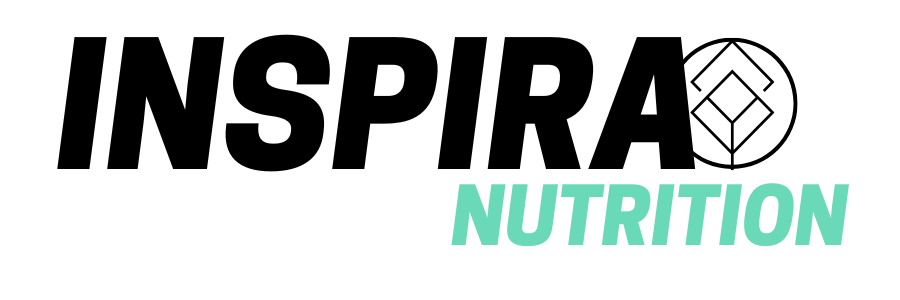
Does spirulina reduce inflammation? A look into the science.
The Anti Inflammatory Benefits of Spirulina
Inflammation is a biological response that protects the body from harmful stimuli such as pathogens, damaged cells, and irritants. While acute inflammation is a necessary part of healing, chronic inflammation is strongly associated with the development of conditions such as cardiovascular disease, type 2 diabetes, arthritis, and neurodegenerative disorders (Medzhitov, 2008). Dietary strategies that provide bioactive compounds with anti inflammatory properties are increasingly recognized as a way to manage this risk. Spirulina, a nutrient dense cyanobacterium, is one of the most promising candidates.
Key Anti Inflammatory Compounds in Spirulina
Phycocyanin
Phycocyanin is the water soluble pigment protein that gives spirulina its distinctive blue color. It has been shown to inhibit the activity of cyclooxygenase 2 and reduce the production of pro inflammatory mediators such as prostaglandins (Romay et al., 1998). Animal studies indicate that phycocyanin can significantly suppress oxidative stress and inflammatory signaling pathways, with effects comparable to certain non steroidal anti inflammatory drugs but without observed toxicity (Riss et al., 2007).
Chlorophyll
Spirulina is rich in chlorophyll, which exhibits antioxidant activity by neutralizing reactive oxygen species (ROS). ROS accumulation drives chronic inflammation through continuous activation of immune pathways. Chlorophyll has been observed to protect DNA from oxidative damage and to reduce the initiation of inflammatory cascades (Egner et al., 2001).
Gamma Linolenic Acid (GLA)
Spirulina is one of the few natural foods that contains significant amounts of GLA, an omega 6 fatty acid with documented anti inflammatory activity. GLA can be metabolized into dihomo gamma linolenic acid, a precursor of anti inflammatory prostaglandins that reduce systemic inflammation and improve joint health (Fan and Chapkin, 1998).
Evidence from Human and Animal Studies
Several studies highlight spirulina’s ability to reduce markers of inflammation in both experimental and clinical settings.
-
In a randomized trial, supplementation with spirulina reduced interleukin 6 and tumor necrosis factor alpha, two cytokines that are commonly elevated in chronic inflammatory states (Mazokopakis et al., 2014).
-
Animal studies have shown that spirulina supplementation decreases lipid peroxidation and improves antioxidant enzyme activity, leading to measurable reductions in systemic inflammation (Khan et al., 2005).
-
Spirulina has also been studied in athletes, where its antioxidant and anti inflammatory properties contributed to reduced muscle damage and faster recovery after strenuous exercise (Lu et al., 2006).
Implications for Chronic Disease Prevention
Chronic low grade inflammation is increasingly recognized as a unifying mechanism that underlies metabolic syndrome, cardiovascular disease, and degenerative disorders (Hotamisligil, 2006). Spirulina’s combination of phycocyanin, chlorophyll, and GLA positions it as a unique functional food capable of modulating both oxidative stress and inflammatory pathways simultaneously.
Conclusion
Spirulina is more than a nutrient dense superfood. Its bioactive compounds have been shown to directly suppress pro inflammatory signaling, reduce oxidative stress, and promote immune balance. Incorporating spirulina into the diet may provide measurable benefits for reducing chronic inflammation and supporting long term health.
References
-
Egner, P. A., Wang, J. B., Zhu, Y. R., et al. (2001). Chlorophyllin intervention reduces aflatoxin DNA adducts in individuals at high risk for liver cancer. Proceedings of the National Academy of Sciences, 98(25), 14601–14606.
-
Fan, Y. Y., & Chapkin, R. S. (1998). Importance of dietary gamma linolenic acid in human health and nutrition. The Journal of Nutrition, 128(9), 1411–1414.
-
Hotamisligil, G. S. (2006). Inflammation and metabolic disorders. Nature, 444(7121), 860–867.
-
Khan, M., Shobha, J. C., Mohan, I. K., et al. (2005). Protective effect of spirulina against doxorubicin induced cardiotoxicity. Journal of Applied Toxicology, 25(2), 109–117.
-
Lu, H. K., Hsieh, C. C., Hsu, J. J., et al. (2006). Preventive effects of spirulina platensis on skeletal muscle damage under exercise induced oxidative stress. European Journal of Applied Physiology, 98(2), 220–226.
-
Mazokopakis, E. E., Papadomanolaki, M. G., Fousteris, A. A., et al. (2014). The hepatoprotective and hypolipidemic effects of spirulina supplementation in patients with non alcoholic fatty liver disease. Annals of Gastroenterology, 27(4), 387–394.
-
Medzhitov, R. (2008). Origin and physiological roles of inflammation. Nature, 454(7203), 428–435.
-
Riss, J., Décordé, K., Sutra, T., et al. (2007). Phycocyanin and phycocyanobilin from spirulina platensis protect against oxidative stress and DNA damage in human intestinal cells. Free Radical Biology and Medicine, 43(3), 411–421.
-
Romay, C., Armesto, J., Remirez, D., et al. (1998). Antioxidant and anti inflammatory properties of phycocyanin. Pharmacological Research, 39(1), 55–59.
